[Infographic] Push Notification Actions Drive Mobile App Conversions
![[Infographic] Push Notification Actions Drive Mobile App Conversions](https://www.moengage.com/wp-content/uploads/2020/11/Drive-Conversions-with-push-actions.png)
Reading Time: 4 minutes
An average smartphone user has 26 apps installed on his phone. A majority of the installed apps are not even retained for a full day let alone be used consistently! At the end of 30 days, only a tiny 3.3% of Android apps and 3.2% of iOS apps still had active users. Interestingly, most ‘app opens’ occur only for those apps which are present on the mobile home screen (See chart below).
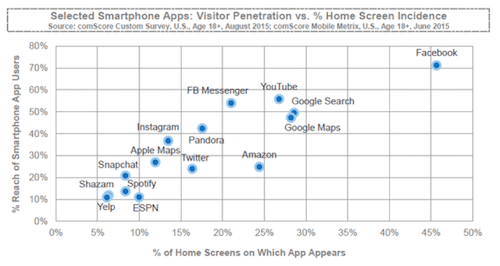
This hard reality is not a convenient truth to app marketers. Years of effort in testing and building the mobile app is wasted away with dwindling mobile app usage and mobile app conversions. See the chart below showing typical conversion rates for mCommerce apps and you get the picture.
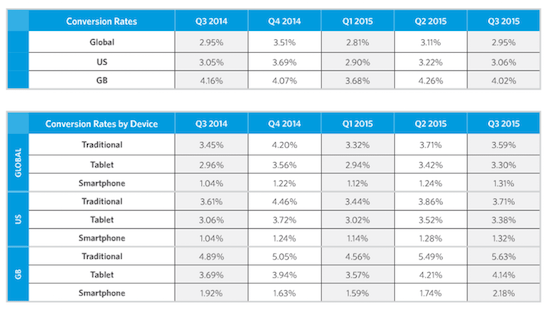
The solution here is certainly not being present on the customer’s phone (or on the home screen in luckier circumstances) but rather being present for him at the right time to allow him to do things that are right for the customer as well as business. Here is where mobile marketing automation can help drive your app usage and conversions but there is more homework to do before that. Before embarking on engaging the customers, marketers should understand the customer app usage behavior – What is being used, why is it being used and when is it being used.
Understand app usage and identify customer micro-moments
Firstly, let’s understand the situation under which users would use a mobile application in correlation with top mobile apps used (chart below):
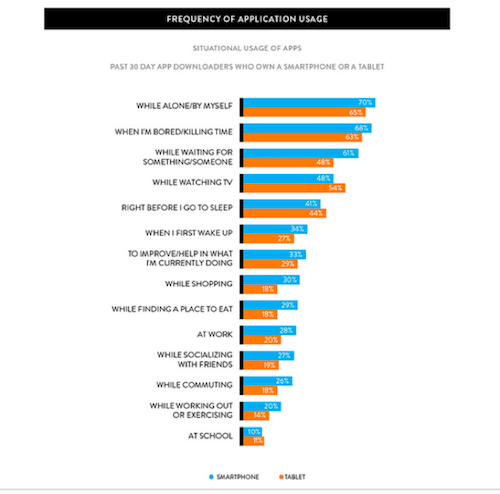
As seen, users tend to use mobile apps when they are alone by themselves, or bored or when waiting for something or someone.
So, how do you land your app ends up in the user’s consideration set? By leveraging customer micro-moments.
For example, in the evening, when a customer is planning to leave from office, he would be thinking of booking a taxi to commute with. Being a taxi-hailing app, this is the micro-moment you would want to capture.
Target micro-moments
Your app’s success depends on how well you understand these customer micro-moments and target them.
For the above example, what if you just send a notification telling the user to book a cab via your app. Voila! That would be engaging. You would probably think that your marketing goals are now delivered? Well, not yet.
The missing piece: Action-oriented communication
Merely sending vanilla or even targeted push notifications may not result in conversions as there still exist several barriers or distractions before a user completes an action (purchase or something similar). So how do you ensure your efforts undertaken in personalizing and targeting your communication pay off? It’s simple. Give users something specific and related to do during their micro-moments.
For the example above, think if you can ask your customer to book the cab back home with just one click on the notification. That sounds like a wonderful idea, right?
(Read: Our in-depth guide on push notifications)
Push notification actions
Enter push notification actions. Push notification actions allow users to directly interact with the app and its notifications without having to open the app. It drives users towards completing specific actions and make quick decisions.
Here’s an example of a push notification action. See how the push is inciting an action from the user directly from the lock screen or notification center itself.
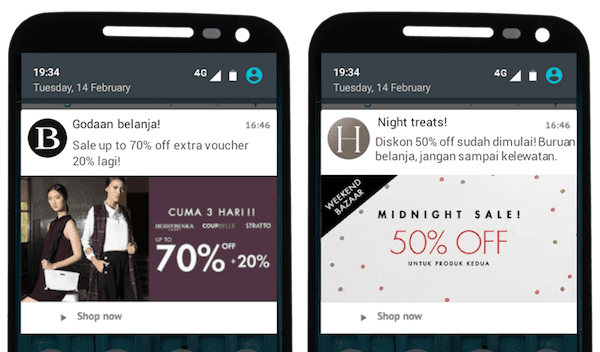
The future of push notifications has arrived
Now imagine action-oriented, targeted, behavior-triggered pushes delivered to users during ‘micro-moments’ and you understand how the future of push notification has arrived. Push notification actions take the already successful push notifications to another level by allowing users to quickly act upon things. With push notification actions you can drive purchases, the app opens, visits to an app page, and lots more. Find below an infographic that showcases the power of push notification actions when deployed at the right micro-moments for users.
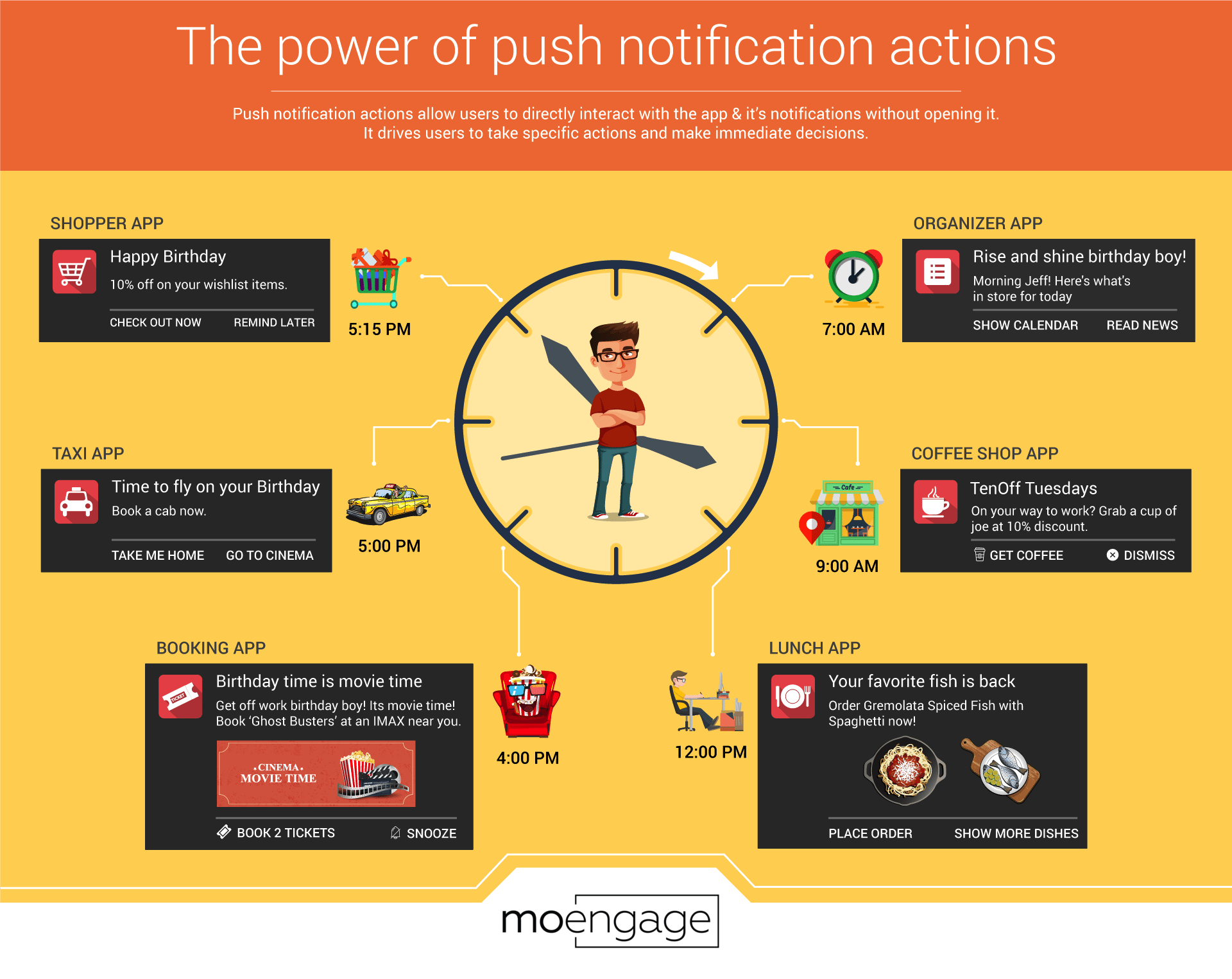
If interested, read how to unravel Push Notification potential for Telecom Selfcare Apps
Want to know how brands like Bigbasket, Travelz, and Oyo Rooms use MoEngage Push Amplification to improve their push notification delivery rates? Learn more about push amplification here.
 [Panel] Personalization, AI, Trust—What Top BFSI Marketers Are Doing Differently.
[Panel] Personalization, AI, Trust—What Top BFSI Marketers Are Doing Differently. 






